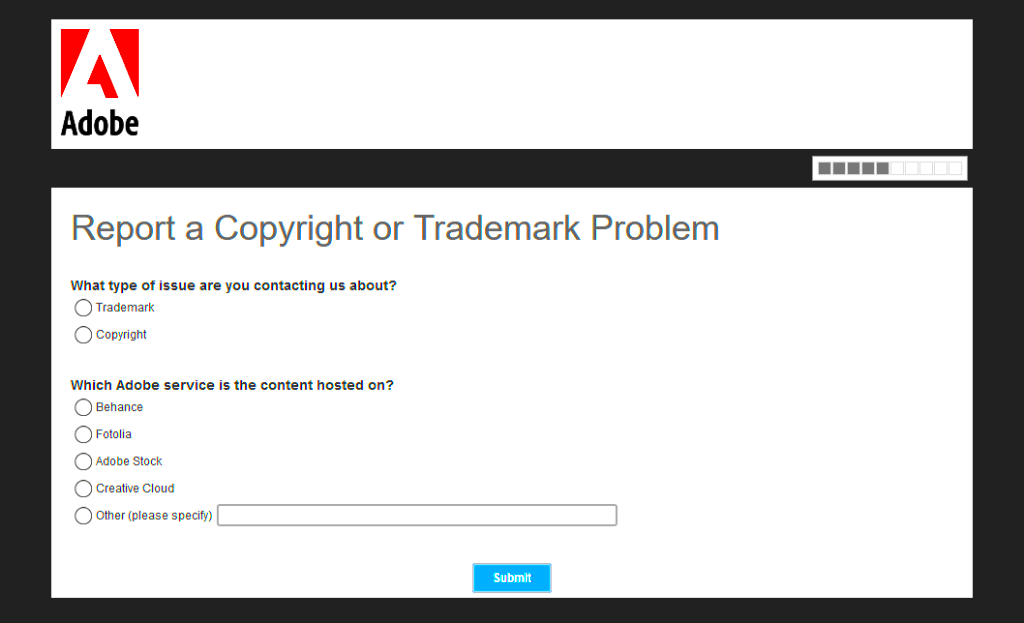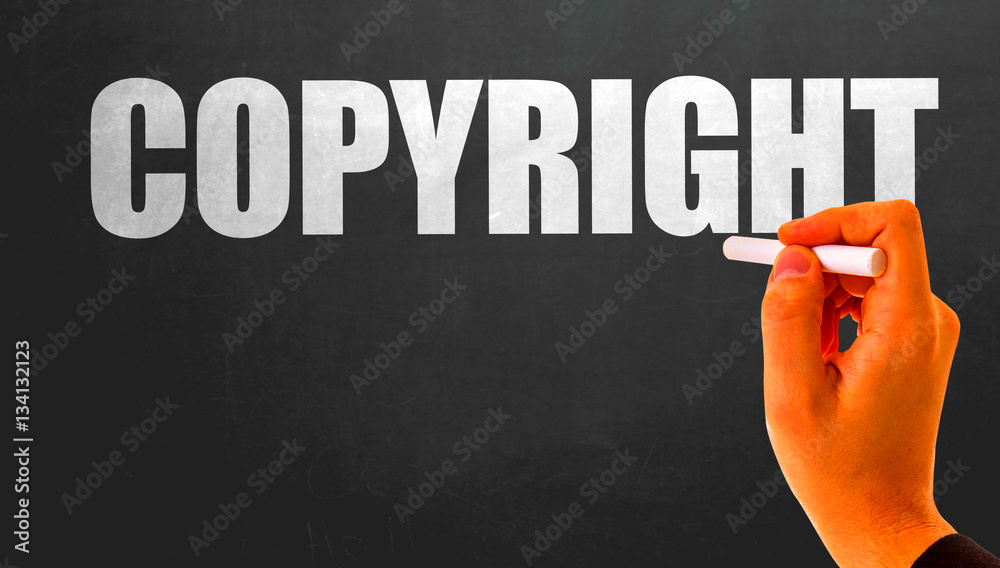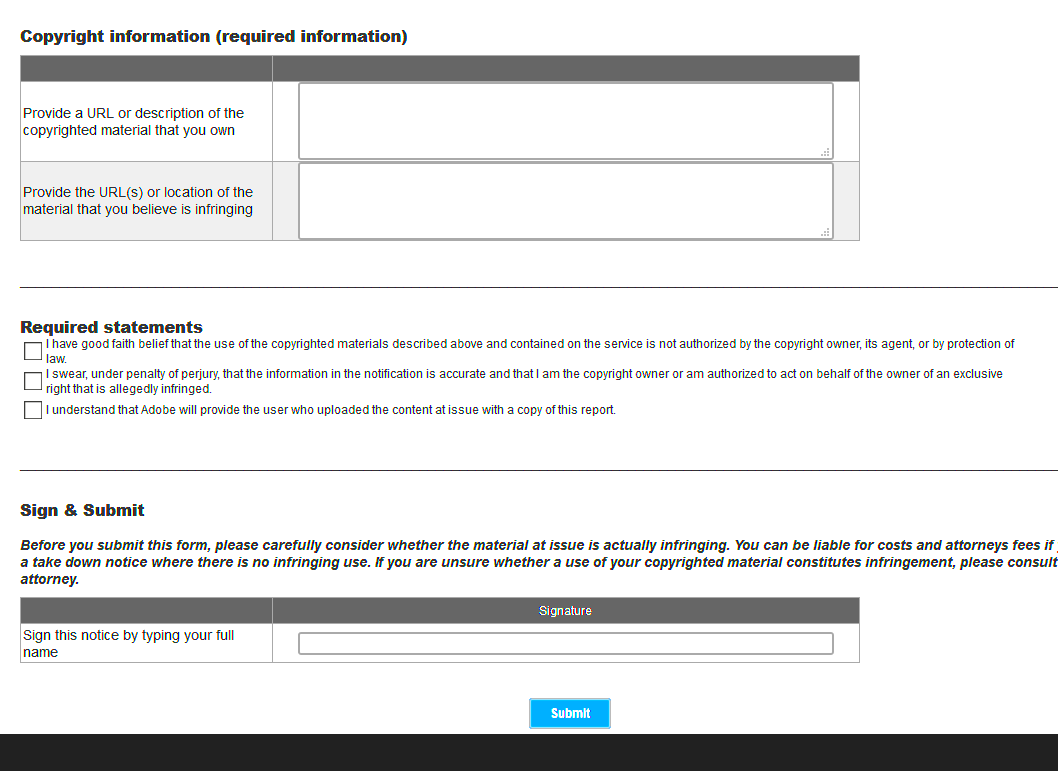Copyright may appear to be a legal term which is only used by attorneys, however, it has a significant importance in the field of stock photography. For instance, think about how it would feel like to create some amazing artwork only to realize that someone else has used your work without seeking for your consent. This is where copyright comes into play safeguarding what was endeavored by authors. Therefore, those who utilize these pictures should not only find it appealing but also necessary for them to comprehend copyright with regards to
Adobe Stock Images.
Adobe Stock impotent every state of mind in contact with law of monopolistic creative authority. Thus the creator has power over its utilization. This is important for me because I regularly use stock images for private projects, and knowing those rights helps make decisions about what can be used and in what way. Respecting copyrights not only honors the artist but also helps evade courtroom contests. Therefore, it is essential for designer or ordinary person to know how such pictures are bound by law.
How Adobe Stock Images Are Licensed

Licenses can be difficult at times, but let’s talk about what they mean. When you get an
Adobe Stock photo, you are practically buying the right to use it. In fact, there are different kinds of licenses and each has its own regulations:
- Standard License: This license allows you to use images in most commercial projects but limits the number of copies and the size of the audience.
- Extended License: If you want to use the image in a larger capacity, such as merchandise or large-scale advertising, this license is your go-to.
My gratitude goes to Adobe for their lucidity regarding these licenses. It is refreshing to have clear rules in the middle of understanding complex legal terms, as I have had to do. A word of caution; there are restrictions attached to every license, so you must look at your requirements carefully before making a decision.
Importance of Copyright in Stock Photography

The not only legal but also moral aspect of copyright is what we are talking about. Every picture in stock photography represents an example of art. Moreover, they have often required a lot of pre-planning, shooting and editing hours. The outcome is therefore always out of passion, and copyright protects this passion.Having been a frequent explorer of the stock photography trade, I have witnessed, by myself, how much relevance copyright carries. For instance, one may incur substantiate penalties due to unlicensed use of an image which in turn can tarnish their image. It is akin to borrowing a novel from your colleague and later asserting authorship. Therefore, creation acknowledgement and payment are ensured by copyright making its existence equitable and reasonable.Basically, respecting copyright means creating an atmosphere of gratitude amongst creators. Our honoring of other people’s rights leads to an environment that facilitates additional creativity. For instance, whenever you use an image from
Adobe Stock, pause for a moment and think about what made it.
Common Misconceptions About Copyright

Copyright can be likened to a puzzle having signs and warnings which are hard to comprehend. When I first met the copyright laws I felt lost and didn’t know what to do or not to do. One might think that copyright is just for large corporations or that anything found on the internet is free for use. Such myths might bring about some avoidable conflicts.Some of the most frequent misconceptions about copyrights are:
- Everything on the Internet is Free: Many believe that images found online are available for free use. This is far from the truth. Most images are protected by copyright, regardless of where they are found.
- Attribution Equals Permission: Just because you credit the photographer doesn’t mean you have the right to use their work. Always check the licensing terms.
- Copyright Expires After a Certain Time: While some copyright laws do have expiration periods, many works remain protected indefinitely, especially in the digital age.
It is important to know these misunderstandings. I have fallen into copyright traps and I can assure you that learning your area of interest can save you many headaches down the line. Knowledge is power when it comes to working through creativity.
Using Adobe Stock Images Without Violating Copyright
Adobe Stock images can be an amazing supplement to your work, however, be watchful! The author has been able to understand some of the do’s and don’ts of using these images that can help avoiding any copyright problems.Forthwith, listed below are a few steps that should be followed:
- Read the License: Before downloading any image, make sure you understand the specific licensing terms. Know what you can and cannot do with the image.
- Use Images Within the Scope of the License: If your project is commercial, consider whether a standard license suffices or if you need an extended license.
- Don’t Alter Copyright Notices: If an image includes a copyright notice, do not remove or alter it. Always respect the artist’s rights.
- Keep Track of Your Downloads: Maintain a record of the images you’ve downloaded and their licenses. This can help in case any questions arise later.
Having been in situations where I had to backtrack because I didn’t follow these guidelines, I can say that taking these precautions will save you a lot of stress. Always remember that your images could be someone else’s ideas, so always ask for permission before using them anyway! Acknowledging copyright respects every creator’s work.
What to Do If You Infringe on Copyright
As humans, we commit errors, and at times they may result into accidental breach of copyrights. I can recall one time when my friend used an image seen often on Google Images for her PowerPoint presentation, however later discovering that she did not acquire the right license. Although the fear of possible lawsuits is scary, there are ways to go about it.When you are in such a case, think about the following measures to take:
- Cease Use Immediately: As soon as you realize the infringement, stop using the image. Continuing to use it can worsen the situation.
- Contact the Copyright Holder: Reach out to the creator or company that holds the copyright. They may be more understanding than you think and could provide options to resolve the issue.
- Consider Legal Advice: If the situation escalates, it may be wise to consult with a legal professional who specializes in copyright law.
- Learn from the Experience: Reflect on what happened and educate yourself about copyright rules to avoid similar situations in the future.
Dealing with copyright violation can be hard and full of worry, but doing it with effortlessness could make it a hard situation come out good. Be reminded that every fall is essentially a path to wisdom.
Frequently Asked Questions About Copyright
What distinct shape do you keep my jpeg files, however strange and different they might look from one another? Copyright particularly makes the world go round. A few years back, I found myself struggling with these same issues more than once. At least you are not going through it alone. Here are some common questions regarding copyright relating to Adobe stock images.
What is copyright?
- Copyright is a legal right that gives the creator of an original work exclusive rights to its use and distribution. This means that others cannot use the work without permission.
Do I need to credit the photographer?
- While giving credit is good practice, it doesn’t replace the need for a proper license. Always check the licensing terms for the specific image you’re using.
Can I modify Adobe Stock images?
- This depends on the license. Standard licenses often allow some modifications, but it’s crucial to read the terms to avoid any issues.
What happens if I use an image without a license?
- Using an image without the proper license can lead to legal consequences, including fines or having to pay for damages. It’s a risk that’s not worth taking.
How can I find images that are free to use?
- Websites that offer Creative Commons licenses are a good option, but make sure to read the specific terms for each image. Some may require attribution or have other restrictions.
Just like the few visible parts of an iceberg, these questions are only a small portion of what one should be asking about this problem; nonetheless, answering them can help in dispelling confusion. The more we understand, the simpler it gets to find one’s way through the maze that is copyright.
Conclusion on Copyright for Adobe Stock Images
Within the extensive area of online materials, obeying copyright is more than just a legal requirement; it is also an appreciation towards creativity as well as hard work. Based on personal experience I ascertain that any one who wants to use Adobe Stock Images should first understand all that copyright entails. This means paying attention to licensing guidelines and valuing the artist in a bid to foster an atmosphere where creativity and innovation thrive.
 Licenses can be difficult at times, but let’s talk about what they mean. When you get an Adobe Stock photo, you are practically buying the right to use it. In fact, there are different kinds of licenses and each has its own regulations:
Licenses can be difficult at times, but let’s talk about what they mean. When you get an Adobe Stock photo, you are practically buying the right to use it. In fact, there are different kinds of licenses and each has its own regulations: The not only legal but also moral aspect of copyright is what we are talking about. Every picture in stock photography represents an example of art. Moreover, they have often required a lot of pre-planning, shooting and editing hours. The outcome is therefore always out of passion, and copyright protects this passion.Having been a frequent explorer of the stock photography trade, I have witnessed, by myself, how much relevance copyright carries. For instance, one may incur substantiate penalties due to unlicensed use of an image which in turn can tarnish their image. It is akin to borrowing a novel from your colleague and later asserting authorship. Therefore, creation acknowledgement and payment are ensured by copyright making its existence equitable and reasonable.Basically, respecting copyright means creating an atmosphere of gratitude amongst creators. Our honoring of other people’s rights leads to an environment that facilitates additional creativity. For instance, whenever you use an image from Adobe Stock, pause for a moment and think about what made it.
The not only legal but also moral aspect of copyright is what we are talking about. Every picture in stock photography represents an example of art. Moreover, they have often required a lot of pre-planning, shooting and editing hours. The outcome is therefore always out of passion, and copyright protects this passion.Having been a frequent explorer of the stock photography trade, I have witnessed, by myself, how much relevance copyright carries. For instance, one may incur substantiate penalties due to unlicensed use of an image which in turn can tarnish their image. It is akin to borrowing a novel from your colleague and later asserting authorship. Therefore, creation acknowledgement and payment are ensured by copyright making its existence equitable and reasonable.Basically, respecting copyright means creating an atmosphere of gratitude amongst creators. Our honoring of other people’s rights leads to an environment that facilitates additional creativity. For instance, whenever you use an image from Adobe Stock, pause for a moment and think about what made it. Copyright can be likened to a puzzle having signs and warnings which are hard to comprehend. When I first met the copyright laws I felt lost and didn’t know what to do or not to do. One might think that copyright is just for large corporations or that anything found on the internet is free for use. Such myths might bring about some avoidable conflicts.Some of the most frequent misconceptions about copyrights are:
Copyright can be likened to a puzzle having signs and warnings which are hard to comprehend. When I first met the copyright laws I felt lost and didn’t know what to do or not to do. One might think that copyright is just for large corporations or that anything found on the internet is free for use. Such myths might bring about some avoidable conflicts.Some of the most frequent misconceptions about copyrights are:
 admin
admin








